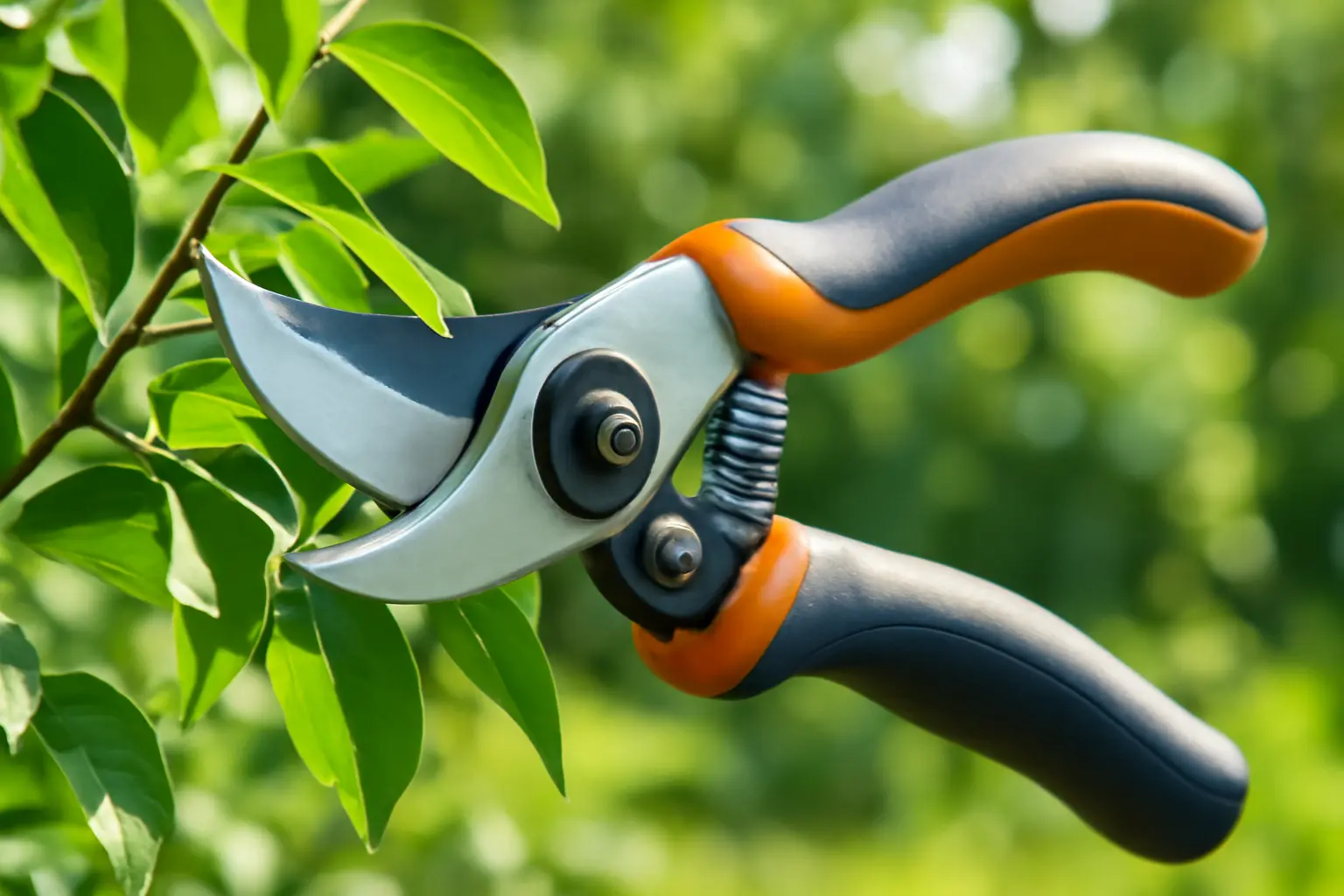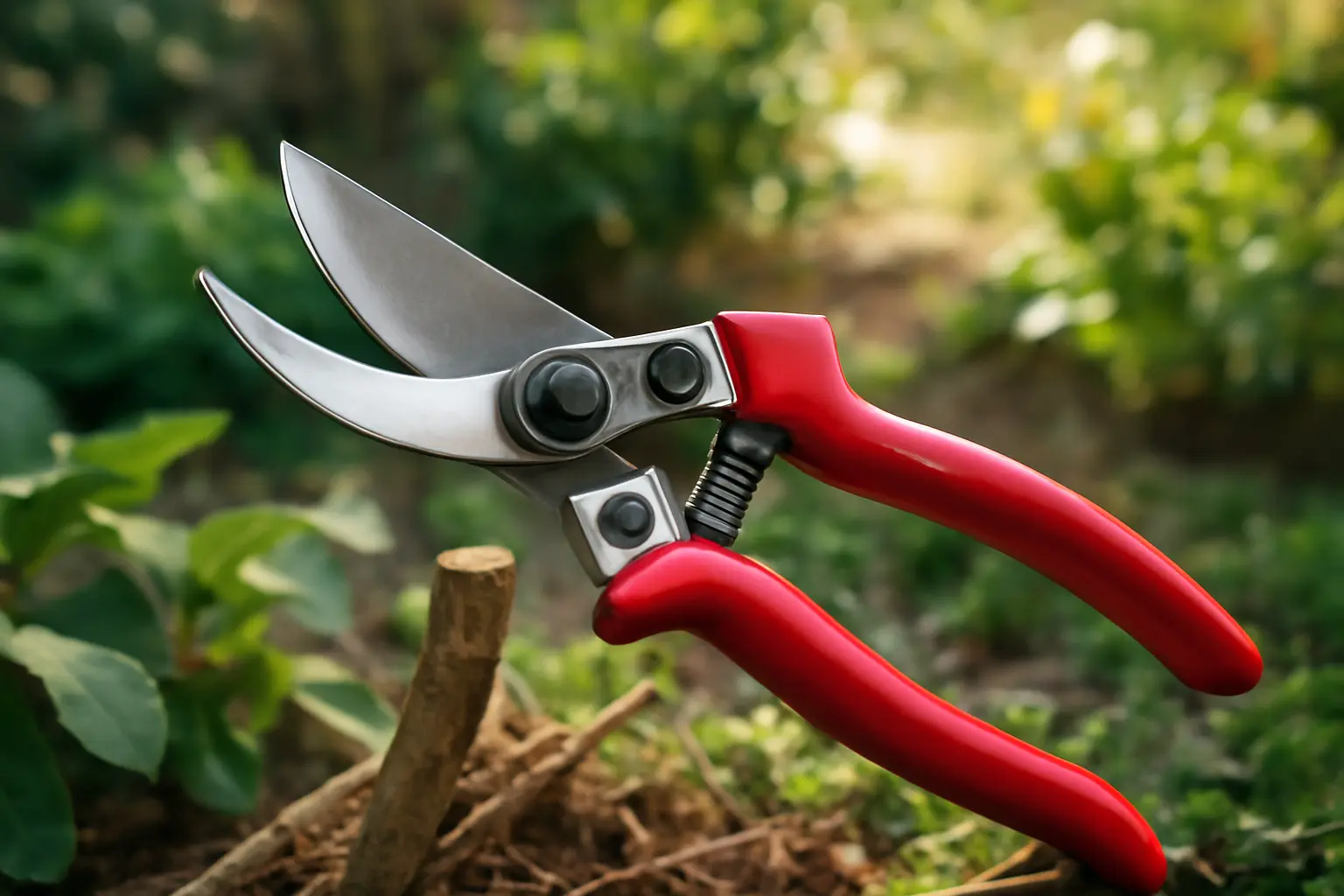
1. What Are Professional Pruning Shears?
These tools are indispensable in gardening, landscaping, and horticulture where frequent, accurate cutting is required. For example, professional landscapers rely on pruning shears to shape hedges flawlessly, while horticulturists use them to selectively prune fruit trees, promoting better yields and plant longevity. Durability ensures that the tools maintain sharpness and structural integrity even after repeated heavy use, making them a worthwhile investment for professionals who need consistent performance.
Choosing professional pruning shears means prioritizing precision and reliability—elements that are crucial for maintaining the health and aesthetics of plants in commercial or residential settings.
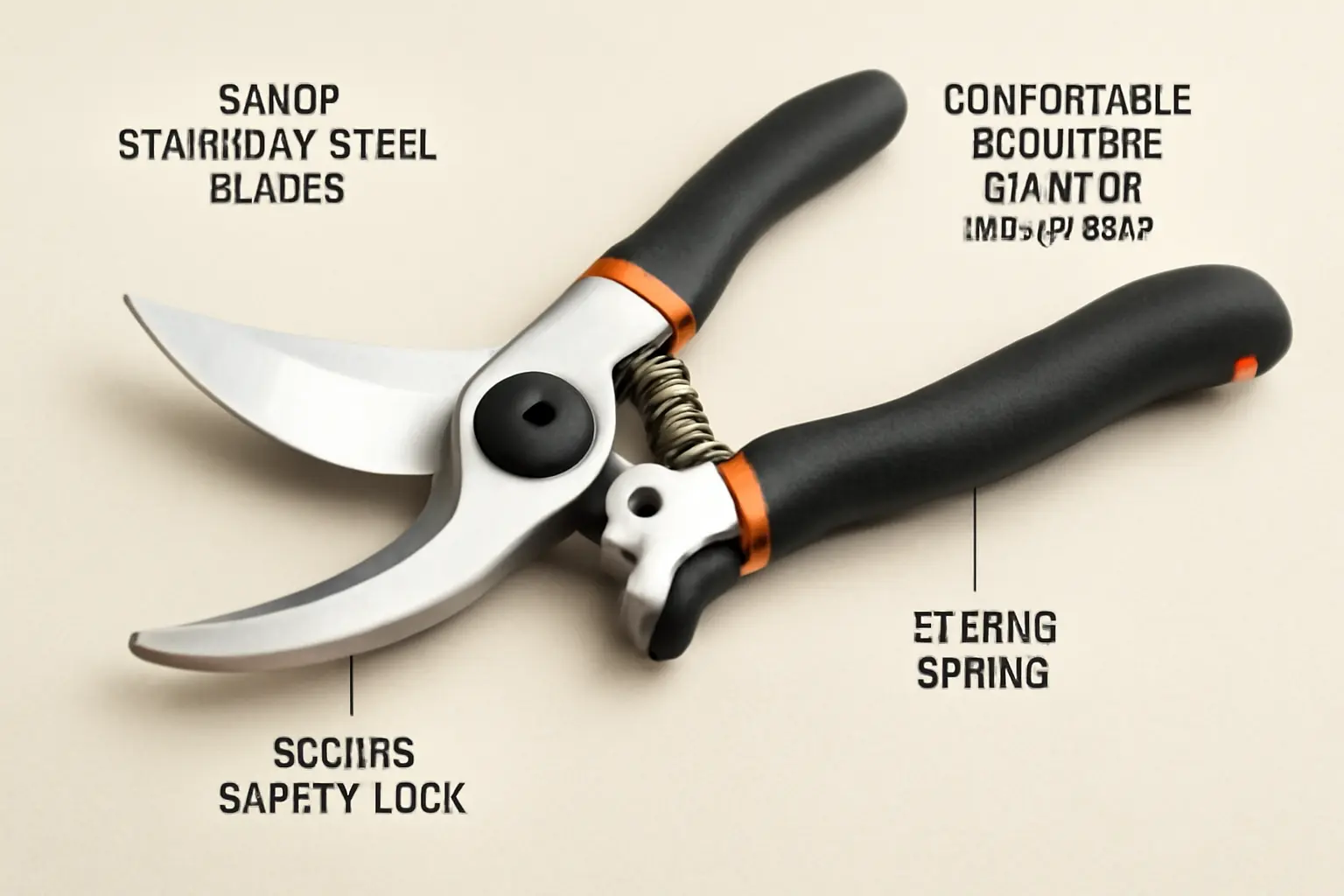
2. Key Features of Professional Pruning Shears
Ergonomics play a key role in usability. Features like cushioned handles, angled grips, and balanced weight reduce hand fatigue during prolonged use, preventing strain and improving cutting accuracy. Adjustable pivot points allow users to customize blade tension, ensuring smooth action and extending the shears’ lifespan. Regular maintenance, including blade cleaning and lubrication, sustains performance and avoids rust buildup. For example, gardeners working on fruit trees benefit from bypass shears with titanium-coated carbon steel blades and ergonomic grip, ensuring swift, damage-free pruning even during extended sessions.
Understanding these elements helps professionals and enthusiasts select pruning shears tailored to specific tasks and durability requirements, promoting efficient, comfortable gardening.
3. Top Brands and Models Reviewed
By contrast, brands like Fiskars offer models that emphasize comfort with soft-grip handles and lighter weight, ideal for prolonged use without hand fatigue. These often come at a mid-range price, balancing performance and ergonomic benefits.
Key models worth noting include:
– Felco 2: Excellent for heavy-duty cutting, durable, but pricier
– Fiskars PowerGear2: Innovative gearing system for effortless pruning, good value
– ARS HP-VS8Z: Lightweight, sharp, suitable for delicate trimming tasks
Pros and cons:
– Felco 2: + Superior build, long-lasting; – Weighty compared to others
– Fiskars PowerGear2: + Comfortable grip, efficient leverage; – Less durable for dense branches
– ARS HP-VS8Z: + Precision cuts, ergonomic; – Price may be high for casual users
This breakdown helps gardeners and professionals make informed decisions, ensuring the chosen shears align with their specific needs, whether focused on frequent intensive pruning or occasional garden maintenance.
4. How to Choose the Right Professional Pruning Shears
Cutting capacity matters because pruning tasks vary: from shaping shrubs to harvesting fruit or clearing dead wood. Shears designed for heavy-duty cuts often feature bypass or anvil types, each suited to different pruning styles. Bypass shears offer clean cuts for live plants, while anvil types can handle tougher, dry branches but may crush softer stems.
Grip comfort plays a significant role if pruning sessions are lengthy. Ergonomically designed handles with cushioning reduce hand fatigue and the risk of repetitive strain injury. Materials like rubberized grips or molded plastic offer enhanced control, especially when working in damp conditions.
Balancing quality with price is crucial. While high-end professional pruning shears come at a premium, their durability and warranty often justify the investment. Look for reputable brands providing clear warranty coverage, which ensures you receive support for defects or wear over time.
In summary, choose professional pruning shears in 2025 based on your garden’s demands, cutting needs, ergonomic comfort, and budget. This approach guarantees efficient pruning and prolongs tool lifespan, supporting both your plants’ health and your gardening enjoyment.
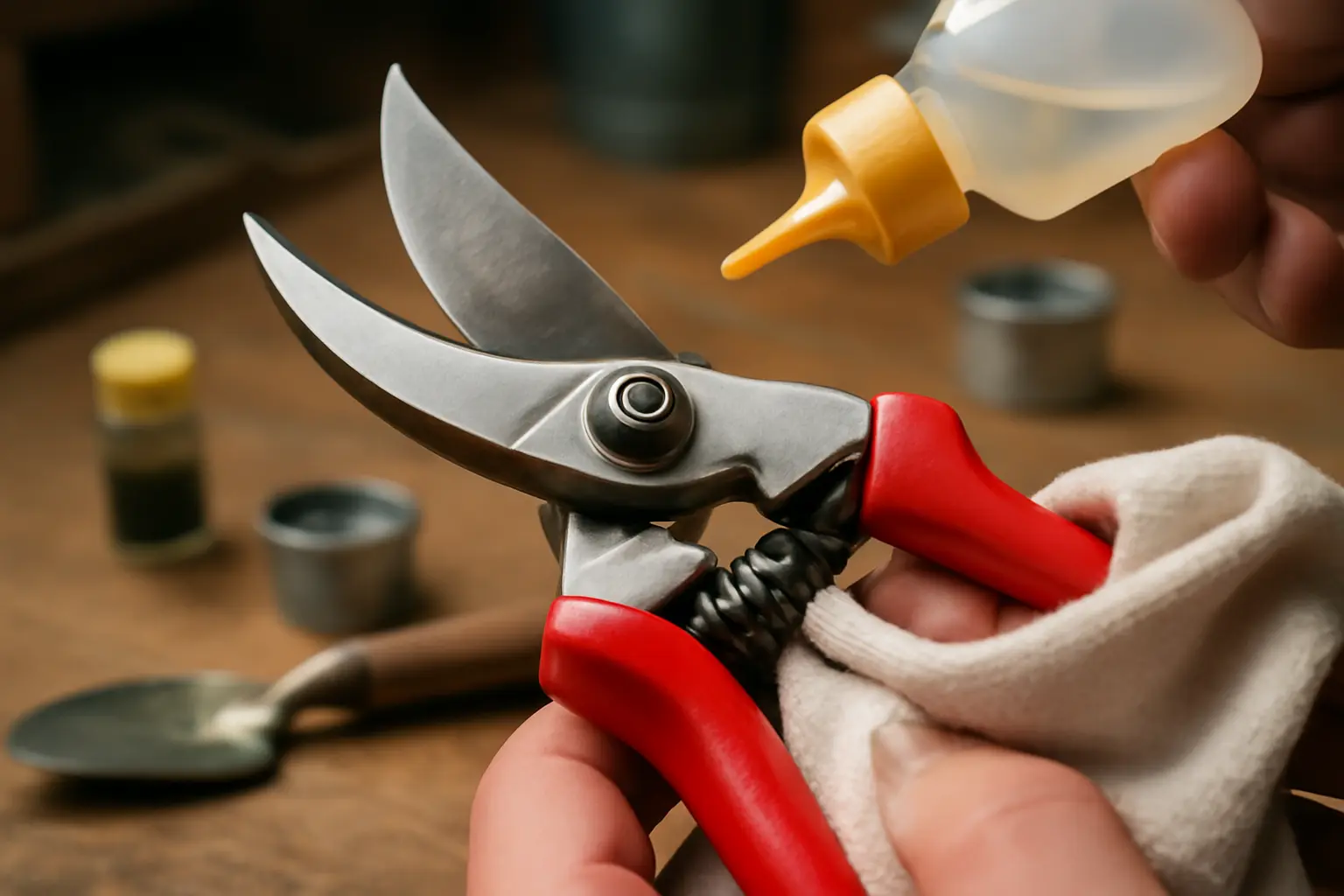
5. Maintenance Tips for Longevity and Performance
Incorporating these steps extends tool lifespan significantly. For example, a well-maintained shear set can perform effectively for years, reducing need for replacements and saving costs. Recommended products include horticultural sharpening stones, penetrating oils such as 3-in-1, and rust inhibitors specifically formulated for gardening tools. Such commitment to upkeep aligns with professional standards and ensures optimal cutting performance throughout intensive gardening seasons.
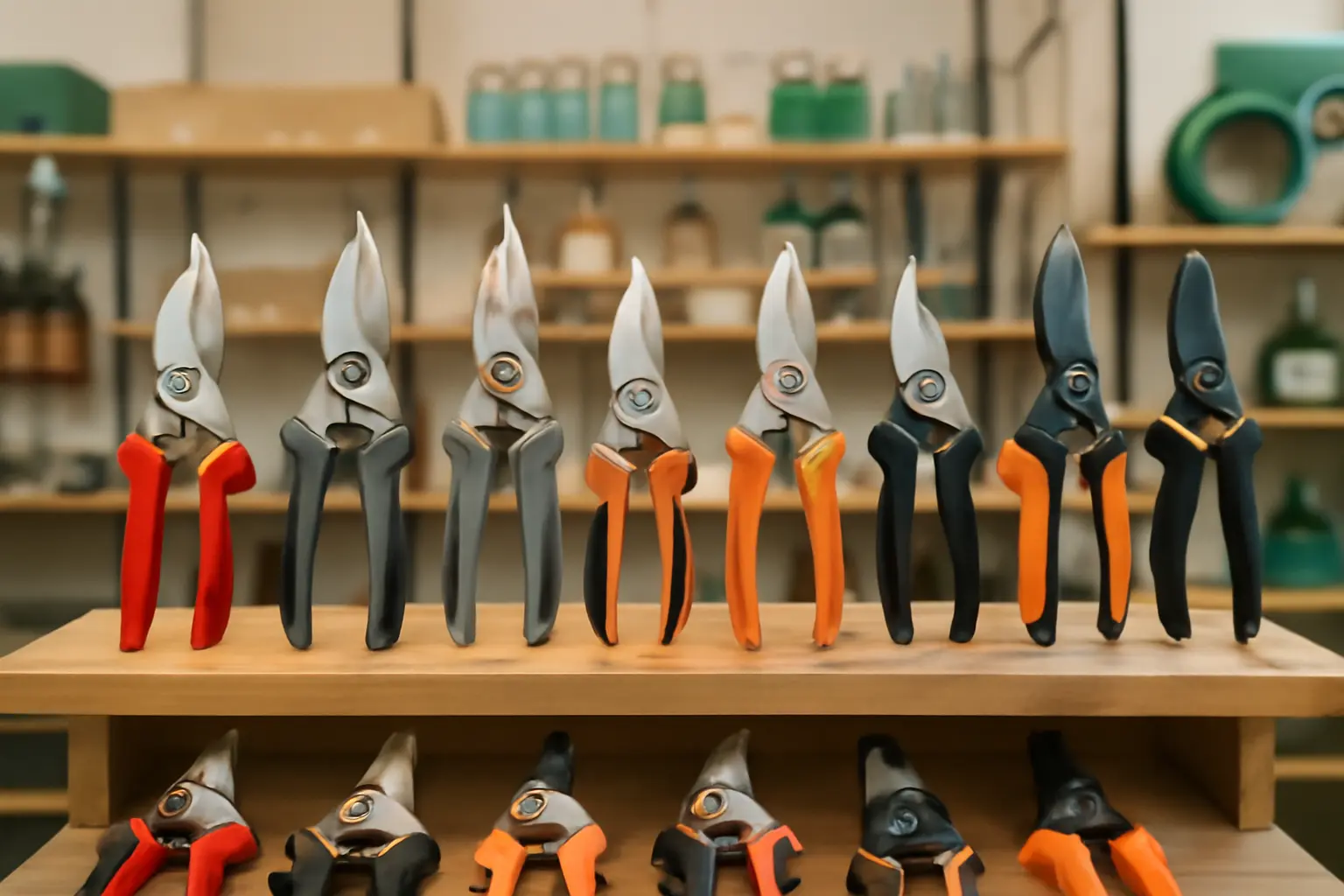
6. Where to Buy Professional Pruning Shears
Price ranges for professional pruning shears vary from $30 to over $150 depending on features like ergonomic design, blade quality, and additional warranties. Many vendors offer limited-time deals or bundled packages including maintenance accessories. Always confirm warranty terms — professional-grade tools often come with robust guarantees that protect your investment.
Tips to spot genuine pruning shears include examining blade materials (high-carbon steel or Japanese steel), smooth cutting action, and secure locking mechanisms. Avoid deals that sound too good to be true, as counterfeit products usually compromise on cutting precision and lifespan. For example, brands like Felco and Fiskars maintain strict quality controls and are widely recommended among gardeners for reliability.
In summary, buying from recognized retailers and knowing what to look for can help secure a professional pruning shear that performs well and lasts long in demanding gardening tasks.
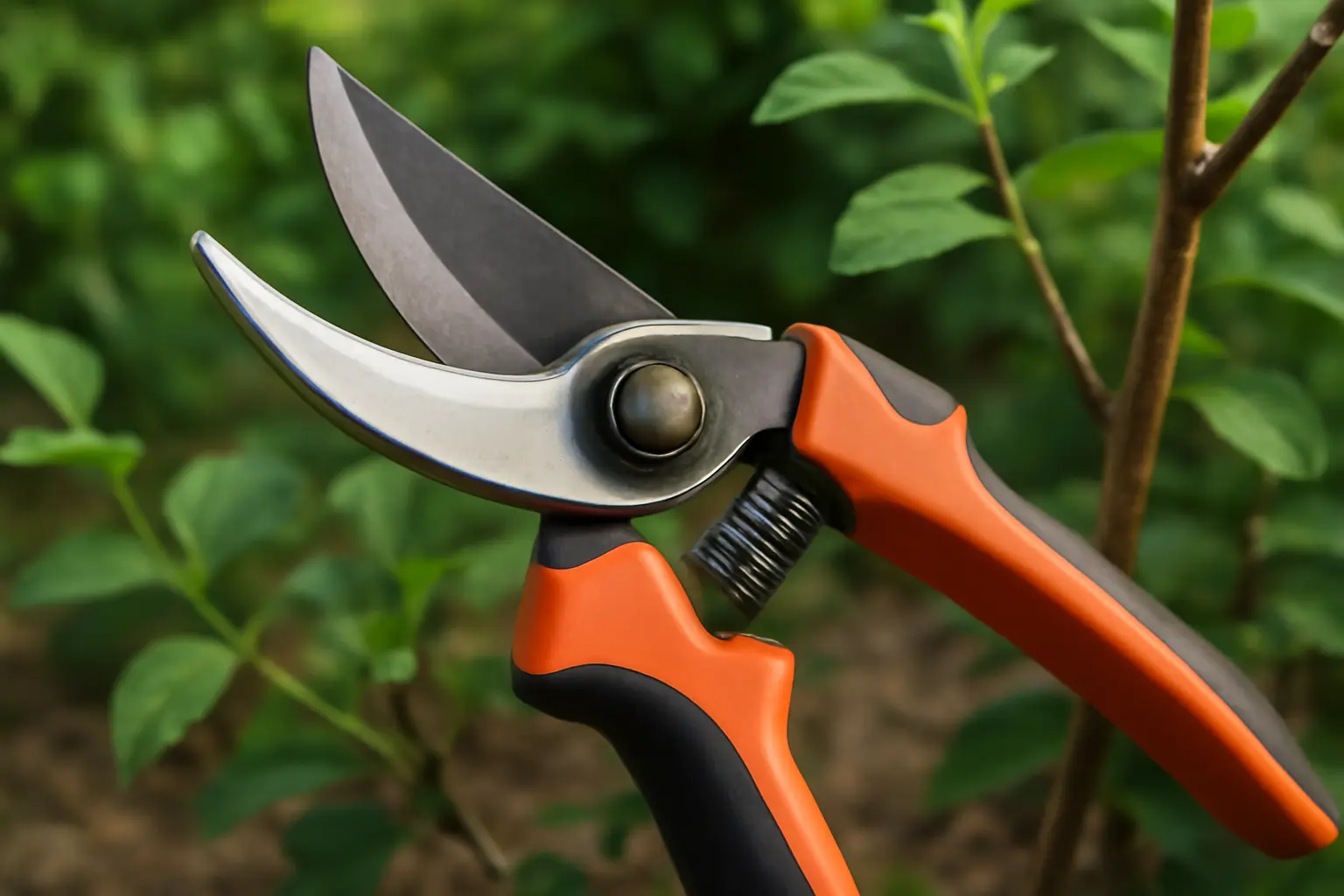
7. Frequently Asked Questions About Professional Pruning Shears
Warranty coverage varies by brand but typically ranges from one to five years, covering defects in materials or workmanship. Always register your product after purchase and keep the receipt for warranty claims. Additionally, cleaning the blades after each use with rubbing alcohol prevents rust and contamination, ensuring peak performance.
Common concerns include:
– Can I use professional pruning shears on woody branches? Yes, but check the maximum cutting diameter stated by the manufacturer.
– How do I prevent the blade from sticking? Regular lubrication with suitable oil keeps the mechanism smooth.
– Are replacement blades easy to find? Most reputable brands provide replacements, ensuring your shears remain functional long term.
Understanding these aspects helps buyers make informed choices, maximizing their investment in professional pruning shears for precise and durable garden maintenance.
8. Conclusion: Making Your Purchase Confidently
Using this guide and accompanying reviews, you can confidently compare different models tailored to your specific gardening needs. Whether you require pruning shears for thick branches or delicate flower trimming, prioritizing trusted brands and sturdy construction ensures the best outcome. Remember, a well-chosen tool not only improves your gardening results but also offers long-term value and satisfaction in 2025 and beyond.

